One to Watch: Abid Javed, the designer inspired by molecular biology
The microscopic world is translated into a sculptured design language by Londonese ceramicist and artist Abid Javed
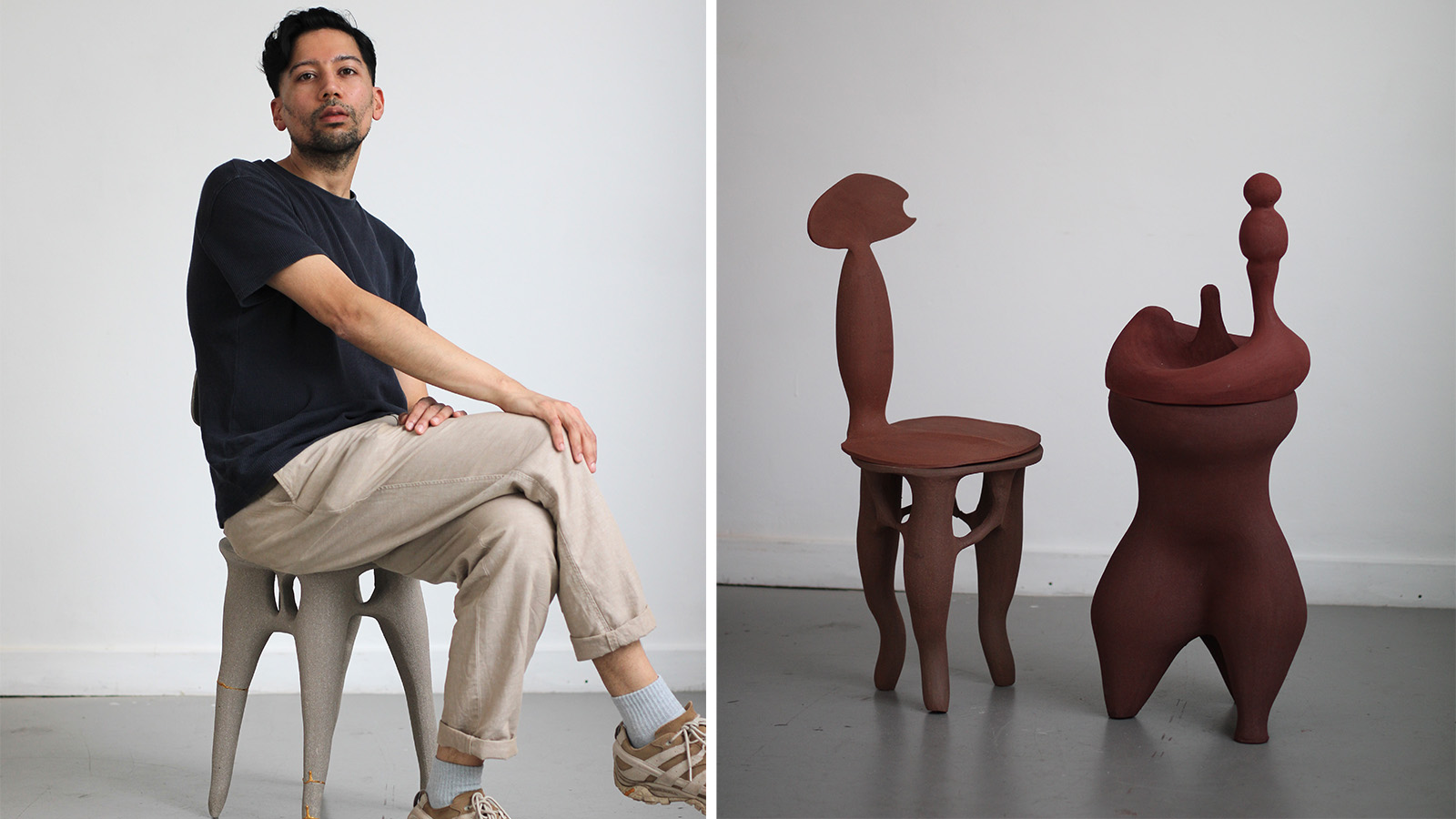
Sometimes, you need to dig into a designer's biography in order to gain a deeper understanding of his choices. Examined closely, like under a microscope, creative decisions may stand out more. This is the case of Abid Javed, a London-based scientist who combines his passion for clay and an in-depth understanding of molecular biology to produce a unique design portfolio of handcrafted sculptures, vessels, and other objects.
Get to know Abid Javed
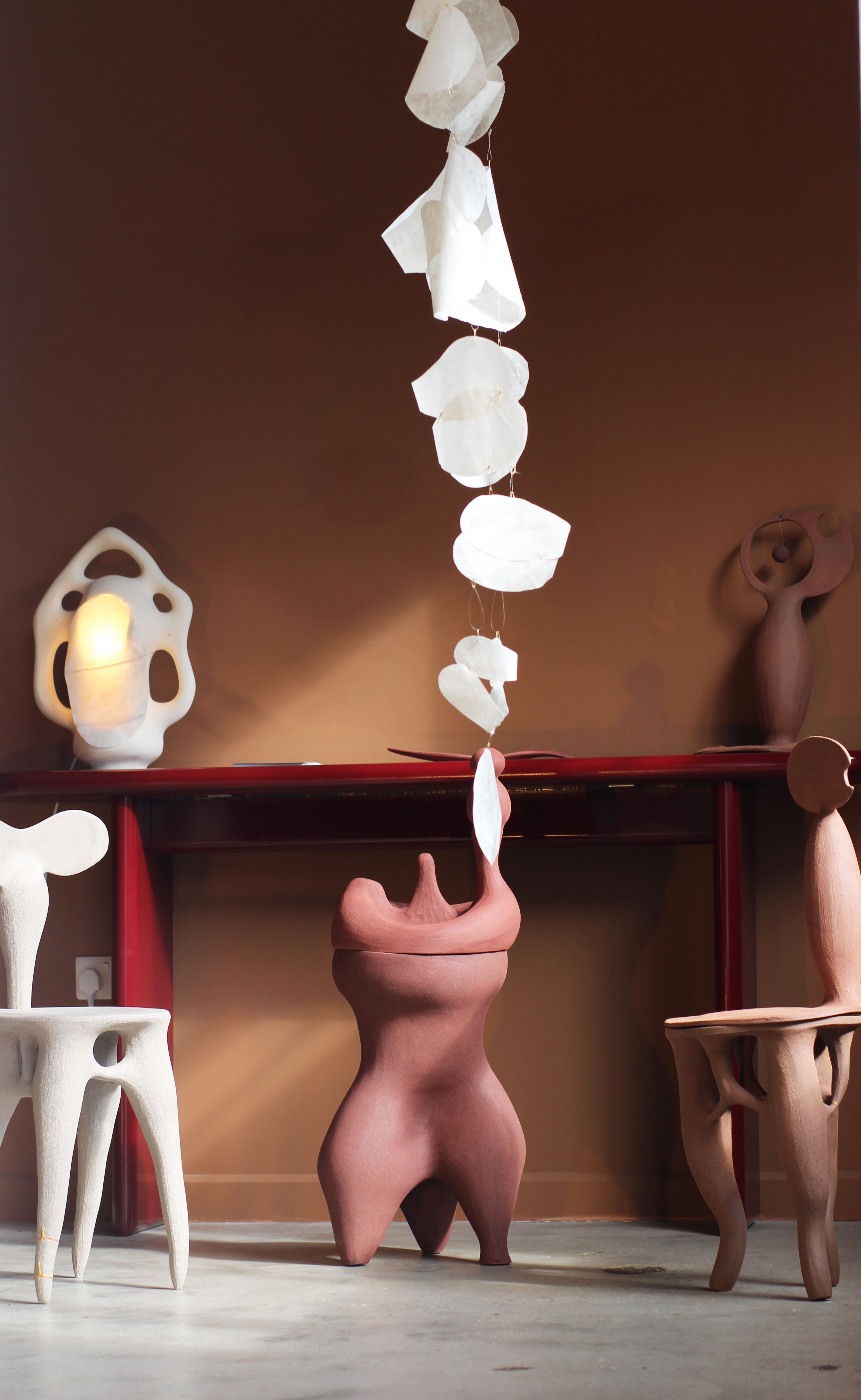
Born in Hong Kong with Pakistani heritage through his father, the thirty-three-year-old ceramic artist and designer currently resides and work in London. He majored in biology, chemistry, and physics in high school and college in Manchester, but he was always drawn to art and design: ‘I initially considered architecture, and I was really sort of drawn to buildings,’ he says. But his rational mind prevailed, and he followed that route to a molecular biology PhD in London: ‘As I was getting trained on the microscope, I was looking at a range of samples, like protein molecules, DNA molecules and such, and it kind of compelled me to take those images and create something’.

With no formal training in art, a friend recommended that he sign up for a neighbourhood pottery class. For the next year and a half following that course, he devoted his life to the clay with the rigorousness of the researcher: ‘My scientific training helped in terms of working out the change in materials or textures of the clay, for the research and development period’ he says. ‘That analytical aspect and project development aspect that I learned during my PhD, helped me get to where I wanted to go and to develop a collection’.
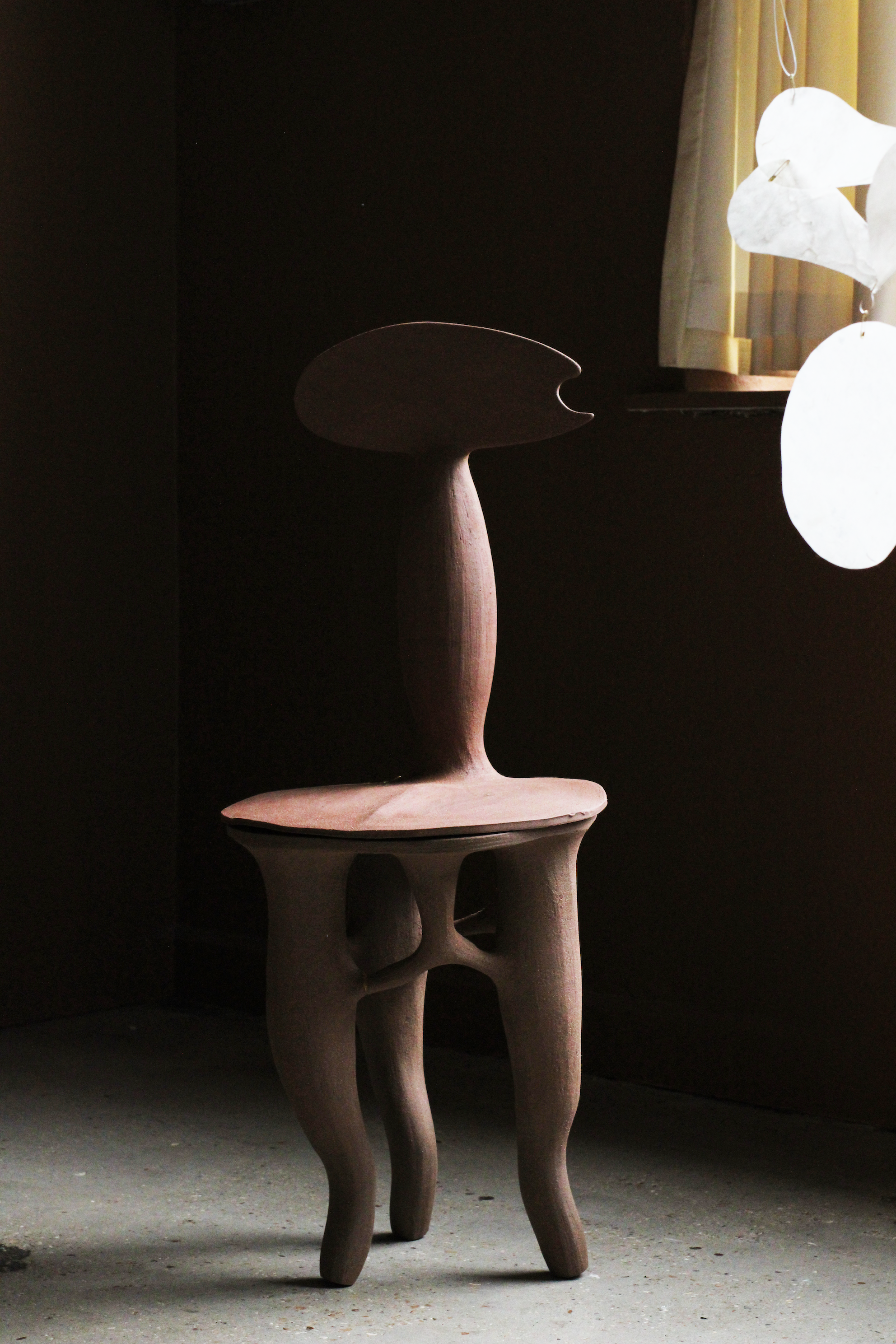
He developed his debut collection, Pleomorphs, during the pandemic: ‘It’s a concept in biology that relates to viruses, bacterial cells, or even molecules changing shapes, changing themselves depending on the environment, meaning they have to adapt in order to survive’. The subsequent evolution was a light collection and Javed launched Objets Mito, a branch of his studio practice that could turn the sculptural forms and signatures natural element into lighting objects, from candelabras to candle holders: ‘Sculpture for me is very much in an art realm, and design in its essence is something that is functional,’ he explains.
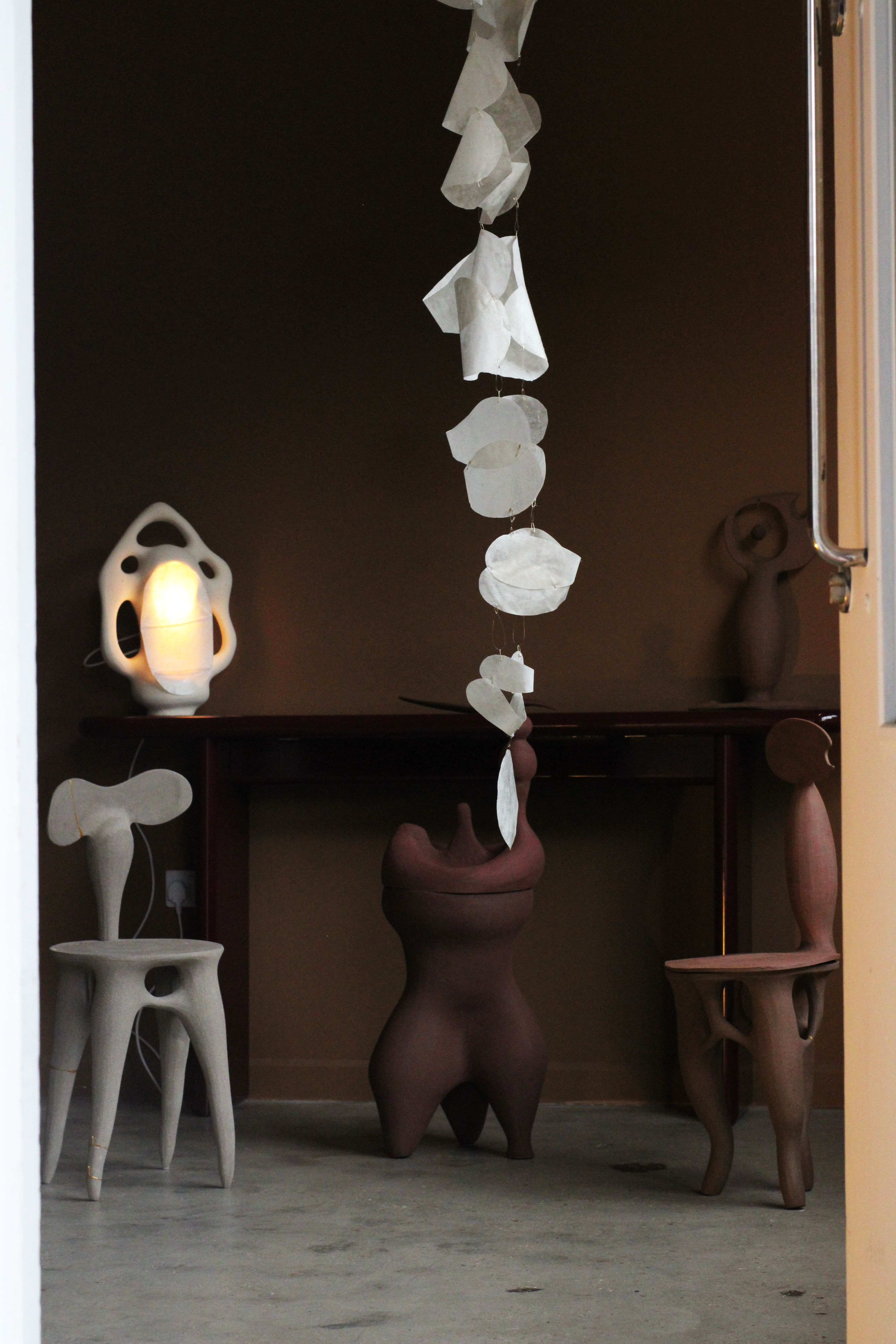
The majority of Javed's creations are handmade in clay - rare occasions see the addition of other materials, such as glass powder. The colour scheme is simple and well-balanced, featuring a lot of white, beige, black, and brown along with a few extra additions: ‘Depending on the shape, on the scale or on the form itself, I combine lots of different hand-building techniques, such as pinching, slab building and coiling, which is where you coil the shape step by step’ he says.
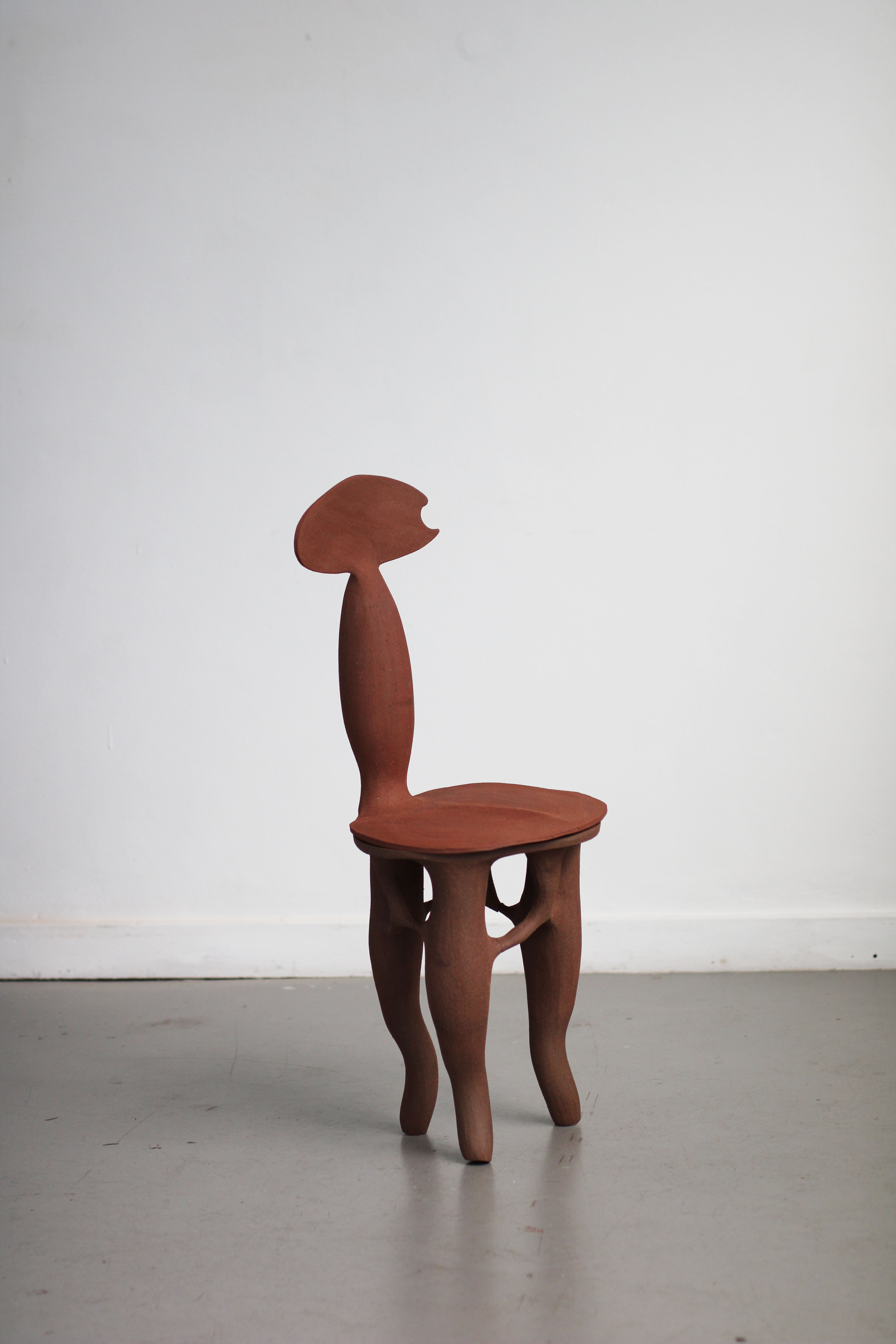
During London Design Festival he launched the second edition of Objets Mito, unveiling the last evolutionary step of his practice: a surrealistic sculptural chair, handmade in stoneware ceramic: ‘Concept-wise, the sculptural chair represents mitochondrial genes, which have its own exclusive properties, its own dynamics,’ he says. As a result, the body is sculptural and fluid; the legs represent the genetic body, while the seat and backrest stand for the protein element. The design is modular, with the seat and legs on one side and the backrest on the other: ‘I was limited in terms of my kiln size, so I had to change the design in such a way that I could break it down into different parts, fire them separately, and then assemble it after.’
The idea is to develop and design more of them. But evolution is around the corner: ‘I’m in the process of making some sculptural wax objects, that would be to launch next June.’
Receive our daily digest of inspiration, escapism and design stories from around the world direct to your inbox.
Cristina Kiran Piotti is an Italian-Indian freelance journalist. After completing her studies in journalism in Milan, she pursued a master's degree in the economic relations between Italy and India at the Ca' Foscari Challenge School in Venice. She splits her time between Milan and Mumbai and, since 2008, she has concentrated her work mostly on design, current affairs, and culture stories, often drawing on her enduring passion for geopolitics. She writes for several publications in both English and Italian, and she is a consultant for communication firms and publishing houses.
-
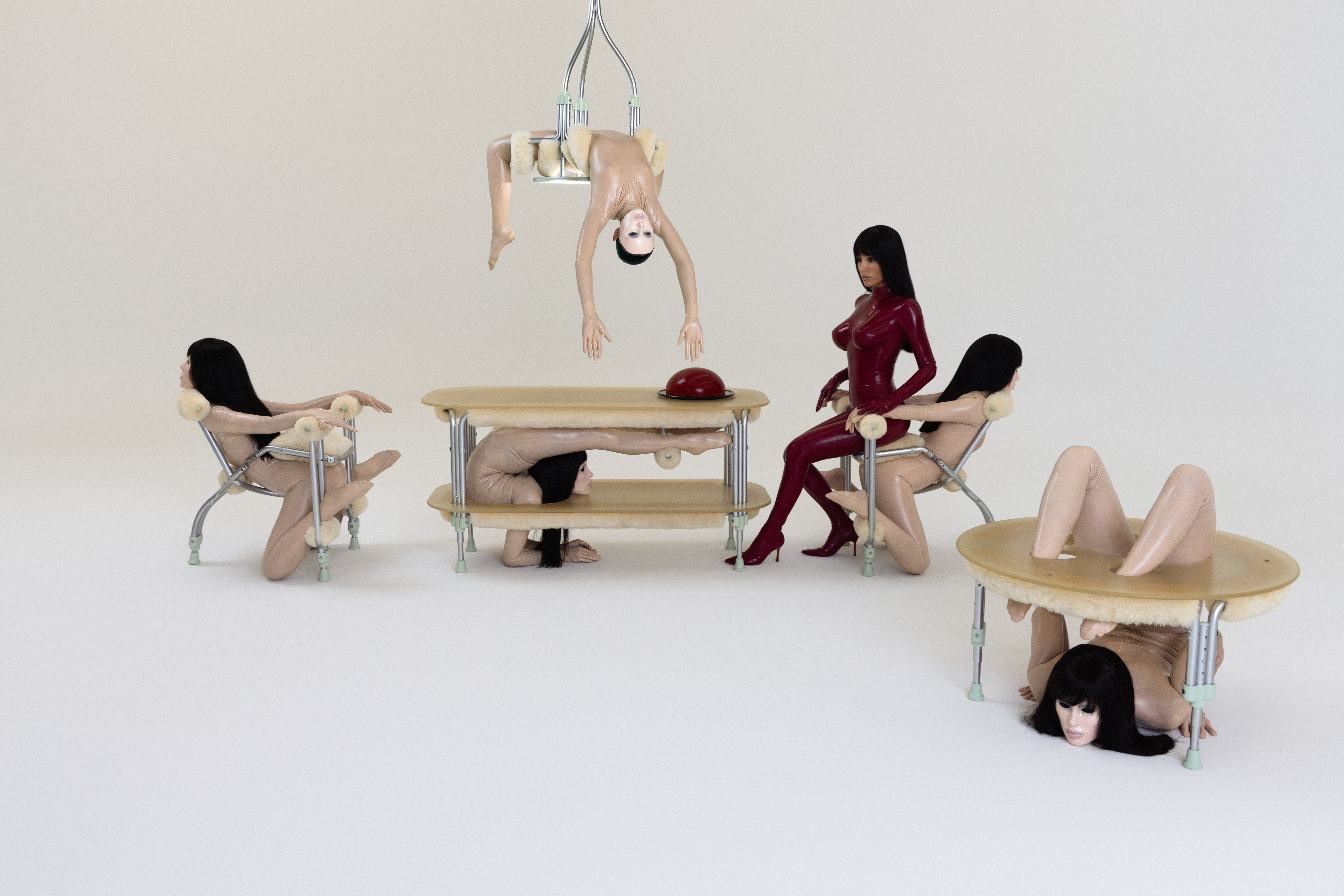 Eight questions for Bianca Censori, as she unveils her debut performance
Eight questions for Bianca Censori, as she unveils her debut performanceBianca Censori has presented her first exhibition and performance, BIO POP, in Seoul, South Korea
-
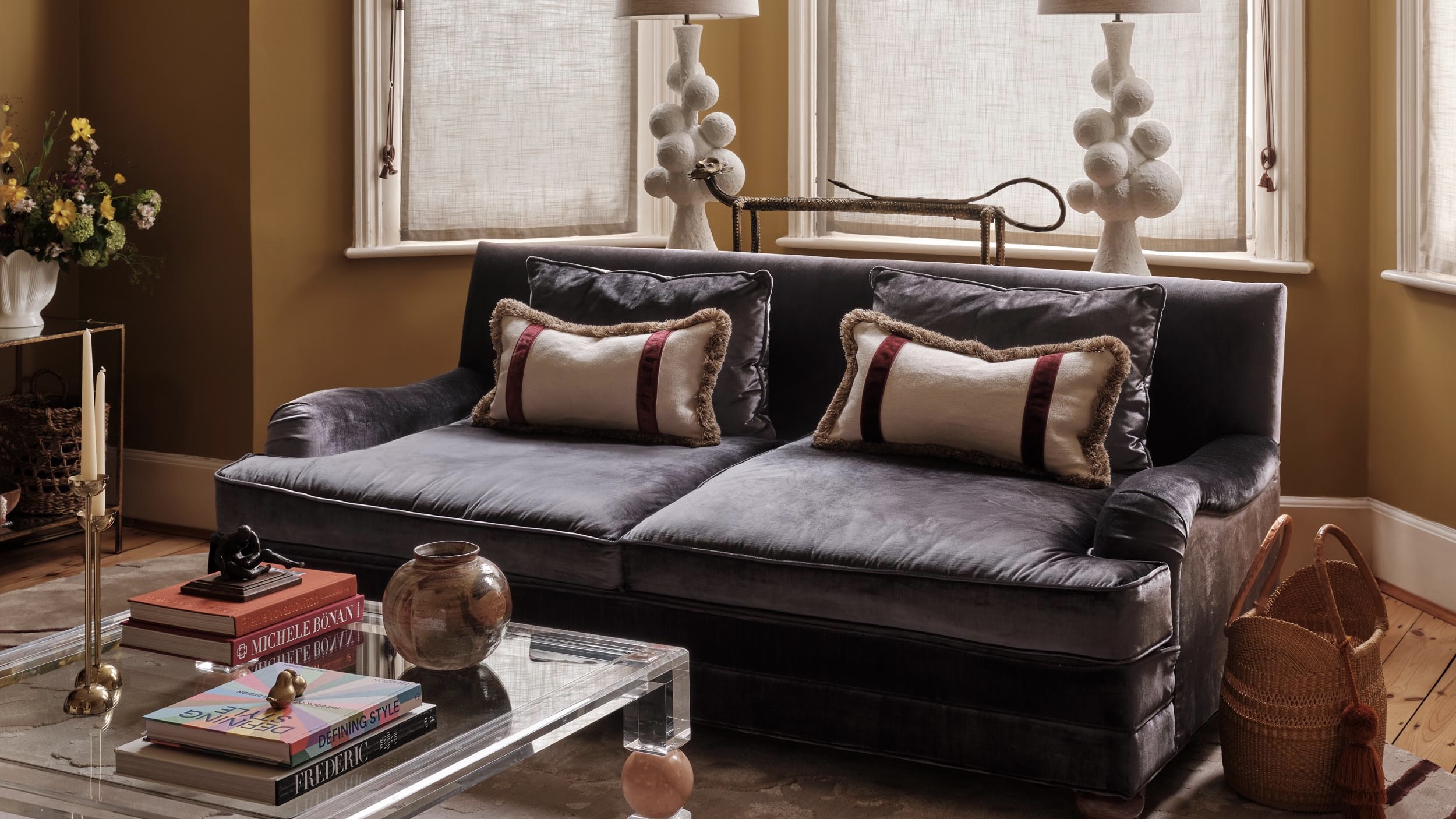 How to elevate a rental with minimal interventions? Charu Gandhi has nailed it with her London home
How to elevate a rental with minimal interventions? Charu Gandhi has nailed it with her London homeFocus on key spaces, work with inherited details, and go big on colour and texture, says Gandhi, an interior designer set on beautifying her tired rental
-
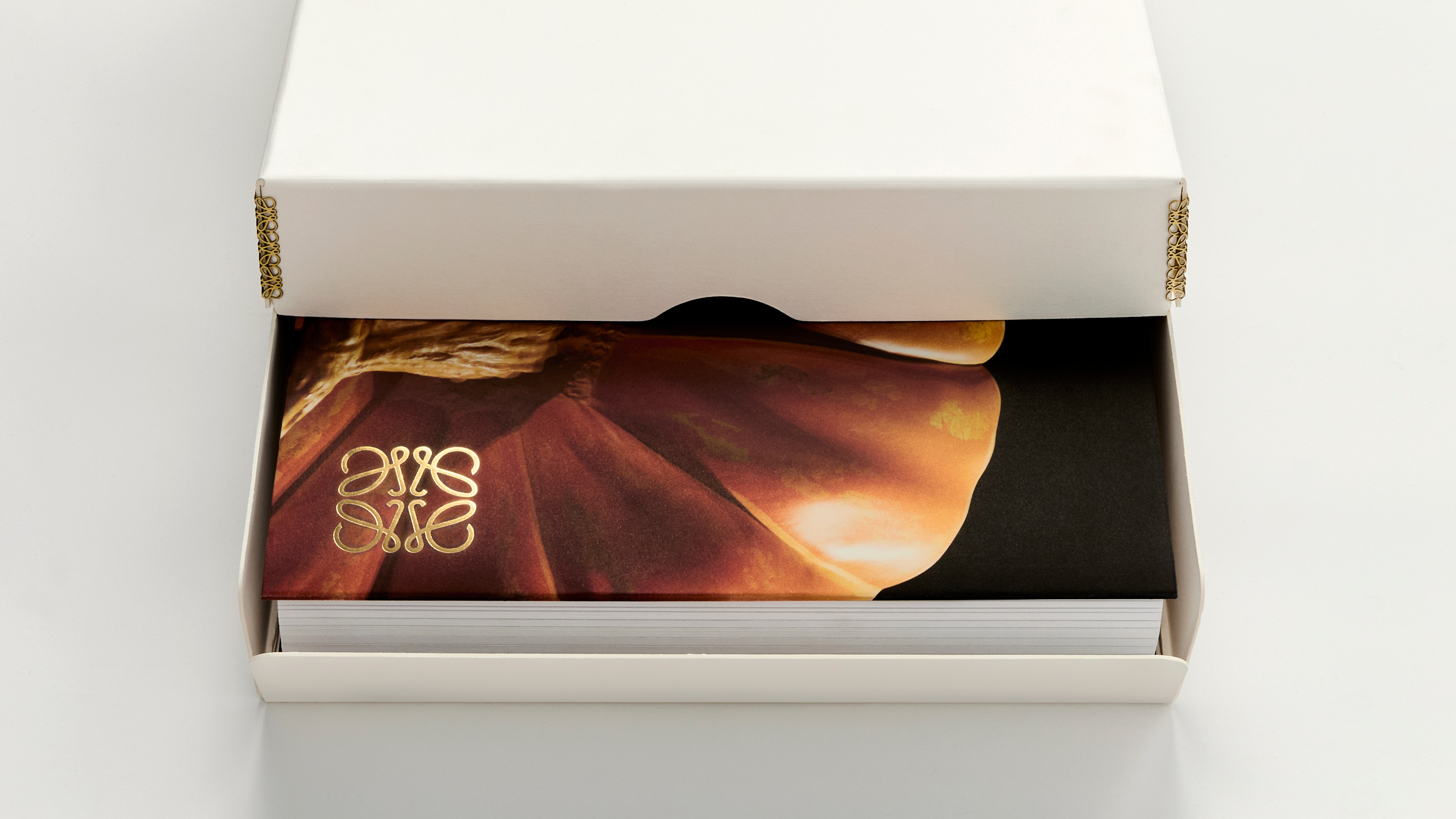 These fashion books, all released in 2025, are the perfect gift for style fans
These fashion books, all released in 2025, are the perfect gift for style fansChosen by the Wallpaper* style editors to inspire, intrigue and delight, these visually enticing tomes for your fashion library span from lush surveys on Loewe and Louis Vuitton to the rebellious style of Rick Owens and Jean Paul Gaultier